Lang Son looks to bridge gaps
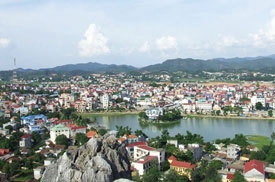 |
| Lang Son province illustration photo |
The Planning Department of the province’s 394 square kilometre Dong Dang Border Gate Economic Zone told VIR that Dragon Automobile Company Limited The North of Vietnam’s $50 million project at the zone’s Van Lang district was without power, water and access roads although the project was expected to go live at the end of the year.
Dragon Automobile plans to manufacture and assemble a range of automobiles at the plant.
The company is a joint venture between a Chinese businessman named Zeng Fan Yu and Lang Son-based Bao Ngoc Export-Import Trade and Service Joint Stock Company with the latter holding a nearly 10 per stake. The venture was granted an investment certificate in August, 2008.
Being the first project of the type and largest foreign invested project in Lang Son, this project was expected to help lay the foundation for the province’s automobile industry, said the department’s head Hoang Van Quyet.
“The project’s site clearance has been completed with the factory now being built. Its Japanese and Chinese technologies will be imported soon. However, there are no power and water provision systems or roads for the project,” Quyet said.
The province’s authorised agencies have met many times to find infrastructure-related solutions for the project. However, nothing has been done yet, according to the department.
The project is located at the zone’s non-tariff area, which borders on China.
Quyet said the area’s planning into a non-tariff area had already been approved by the province’s authorities for years, but the government’s specific regulations for the non-tariff area were still unavailable.
“The investors want to know what specific incentives and priorities they will get when investing here. Capital is not a big problem for them,” he said.
As designed, the project’s first phase is to run from 2011 to late 2013. Some 12,000sqm will be used to manufacture and assemble a total of 6,000 lorries, tourist cars and seven-seat cars annually.
This figure would be raised to 30,000 per year during the second phase, from 2014 to 2019, and to 100,000 per year during the third phase, from 2020 to 2022. At that stage, the production area would be expanded to nearly 34,000sqm.
All products would be exported to Asian countries, while materials and spare parts would be both imported from China and Japan. The factory would employ several hundred of local workers and make a significant contribution to the zone’s coffers, said the department.
According to the zone’s authority, site clearance problems and the current poor economic picture are hampering the zone’s attempt to lure local and foreign investment. China’s Guangdong Enterprise Association early this year asked the authority about the possibility of building a 1,600-2,000 hectare industrial park to produce industrial products. But the project was considered not feasible because no site could be found.
In a similar development, last year, the authority granted an investment certificate to locally-owned Hanoi-based Hoang Tra company for a 10ha project worth over $5 million. The company was to assemble automobiles at the zone’s Dong Banh Industrial Park. However, calculations showed that the company would have to pay a large amount of cash as compensation to households for reclaimed land. In the end Hoang Tra gave up on its plans.
In another case, Vietnam Urban And Industrial Zone Development Investment Corporation was several years ago granted an investment certificate for a project worth over VND1 trillion ($52.5 million) to construct a 143ha transit park for ASEAN goods and commodities being transported to China. However, site clearance for the project remains in its early stages.
What the stars mean:
★ Poor ★ ★ Promising ★★★ Good ★★★★ Very good ★★★★★ Exceptional
Related Contents
Latest News
More News
- Trump may mean challenges for Vietnam but FDI remains strong (November 26, 2024 | 08:30)
- HCM City set to welcome fresh wave of US investment (November 26, 2024 | 08:00)
- Dynamic M&A landscape felt in food and beverages (November 25, 2024 | 16:21)
- River lights up Danang growth goals (November 25, 2024 | 10:00)
- Concerted efforts improve Ca Mau’s development status (November 25, 2024 | 09:14)
- Citi: Vietnam and India may benefit most from supply chain shifts (November 22, 2024 | 15:54)
- Foreign investors flocking to southern region (November 21, 2024 | 17:33)
- Ninh Thuan charms industrial development investors (November 21, 2024 | 12:21)
- M&A prospects bright in many sectors (November 21, 2024 | 11:54)
- M&As working in tandem with health development (November 21, 2024 | 11:29)


 Tag:
Tag: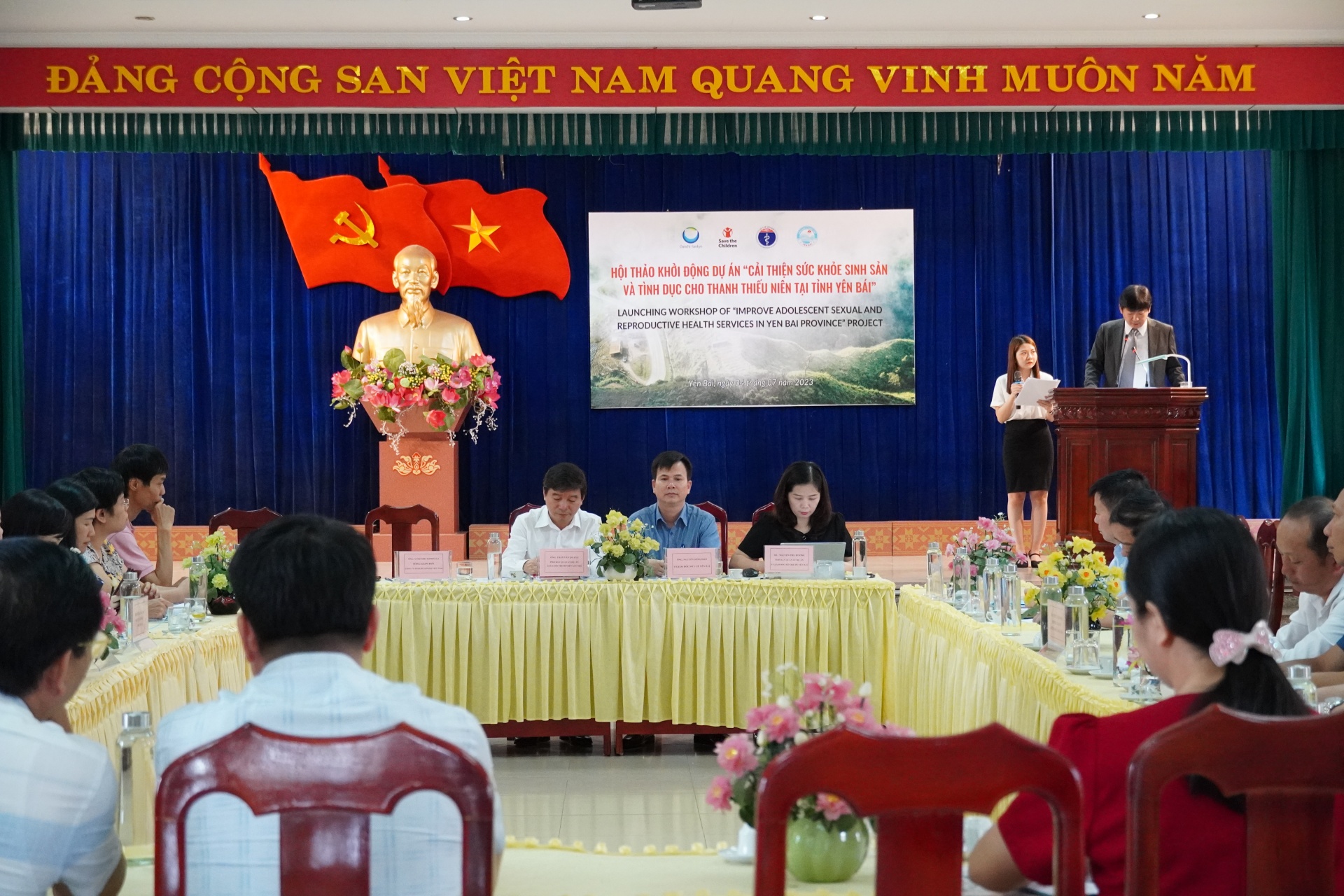
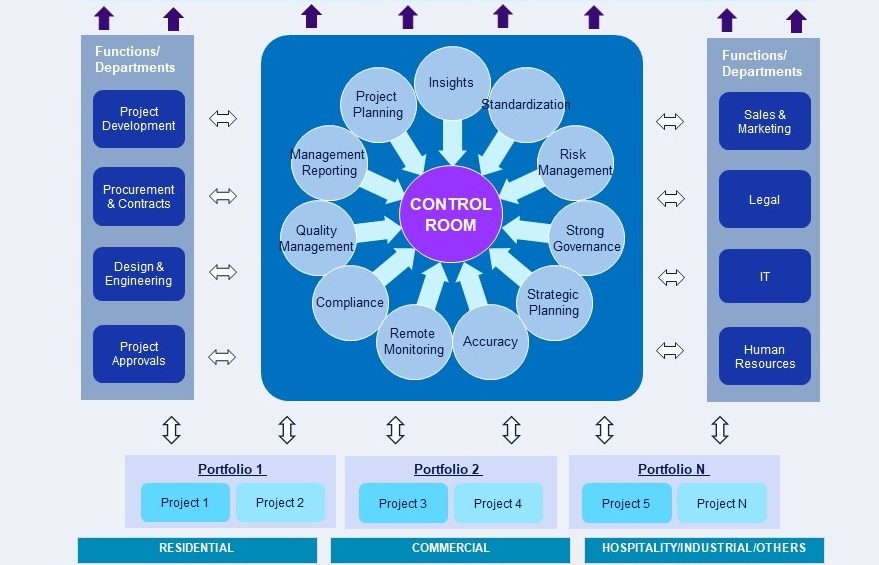
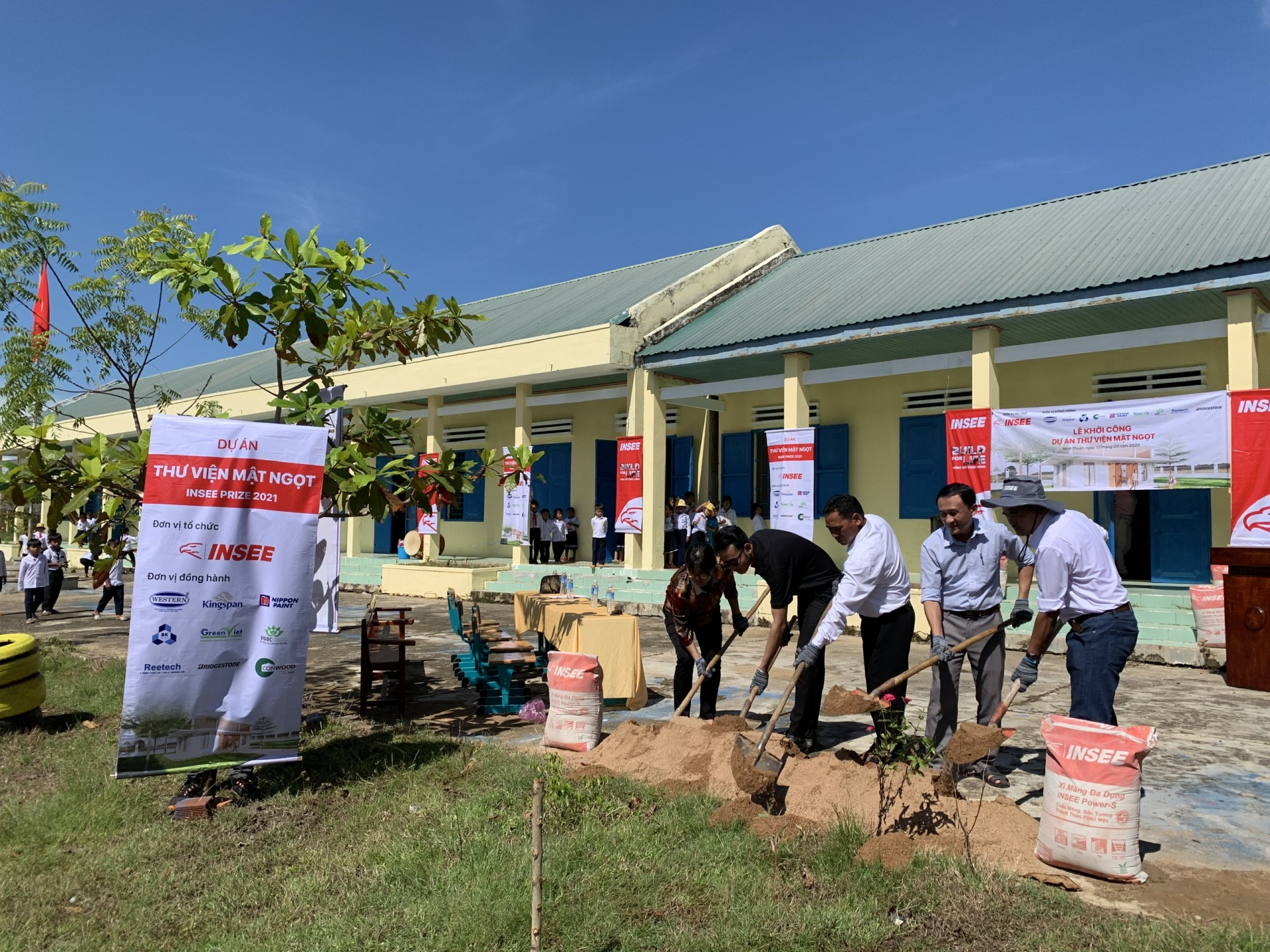
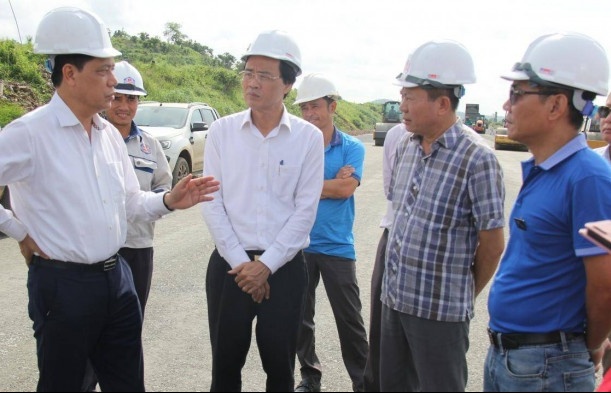
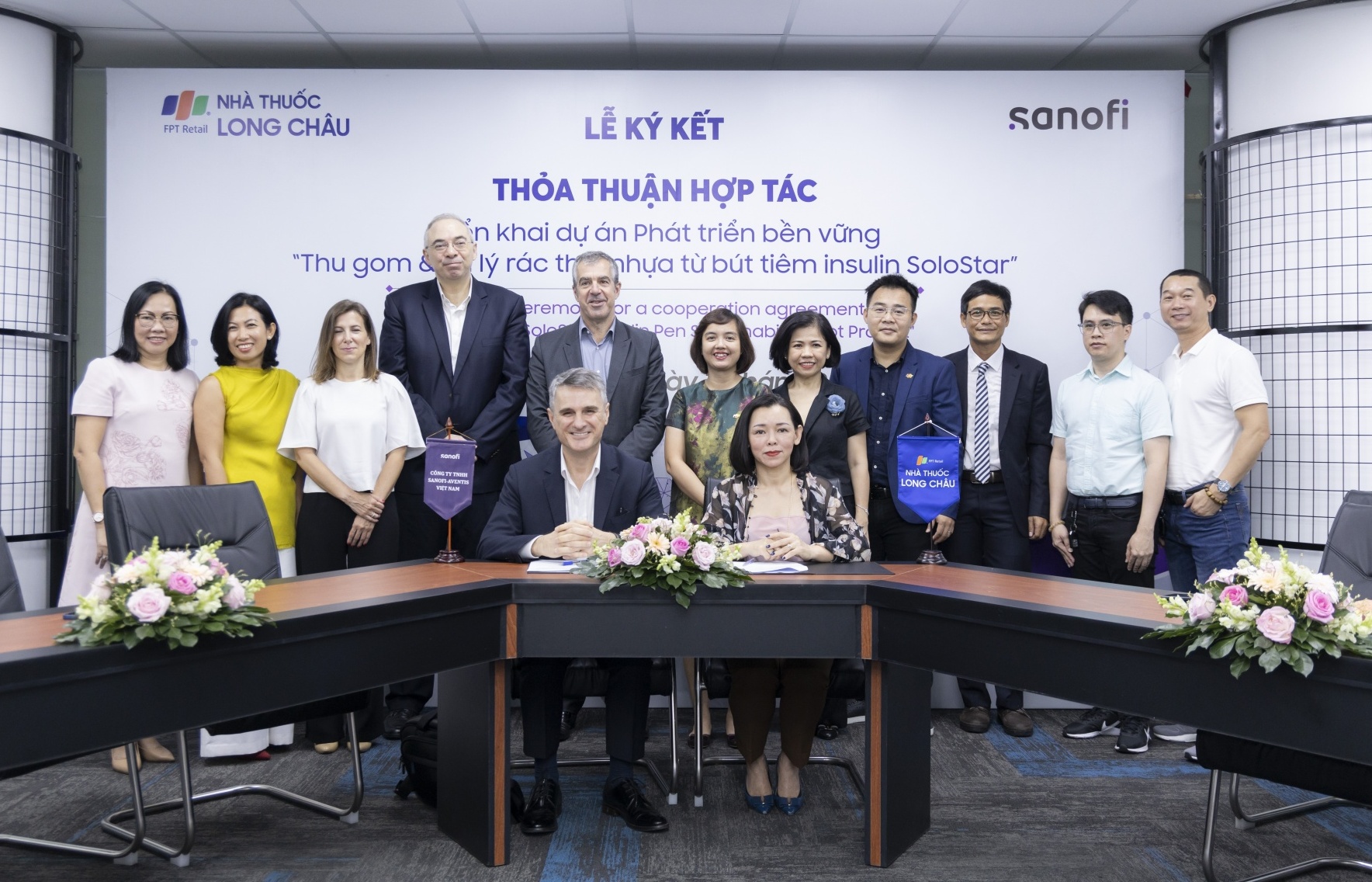
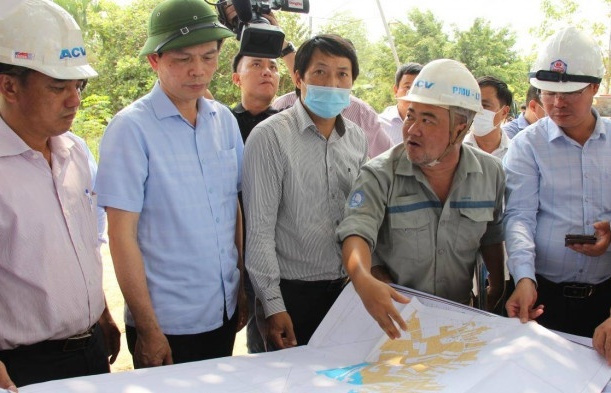
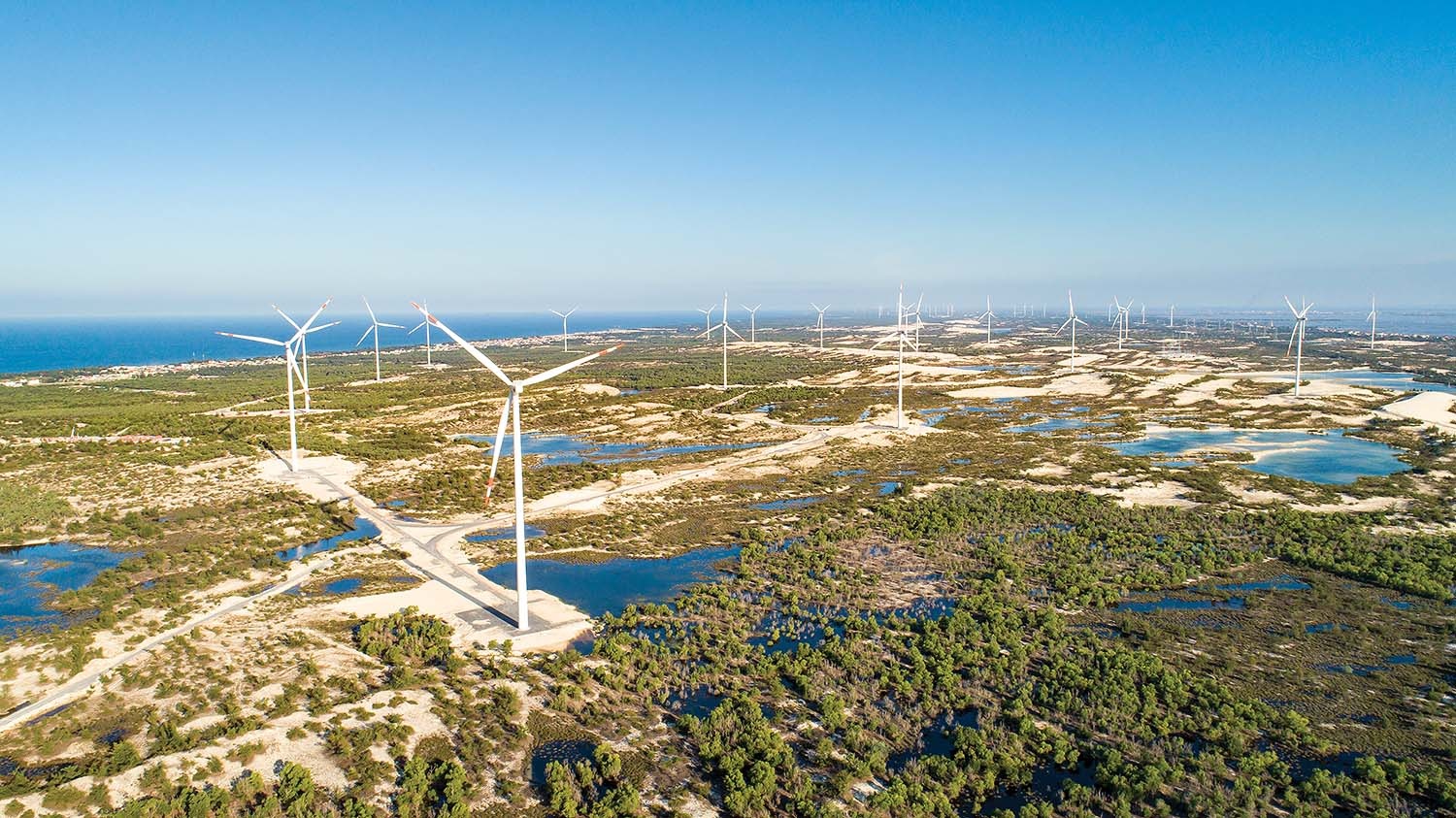

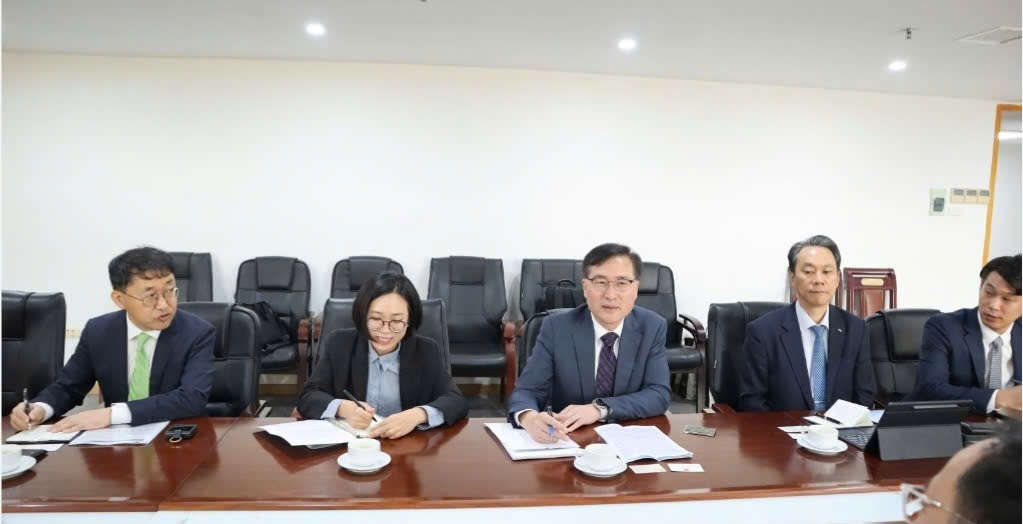
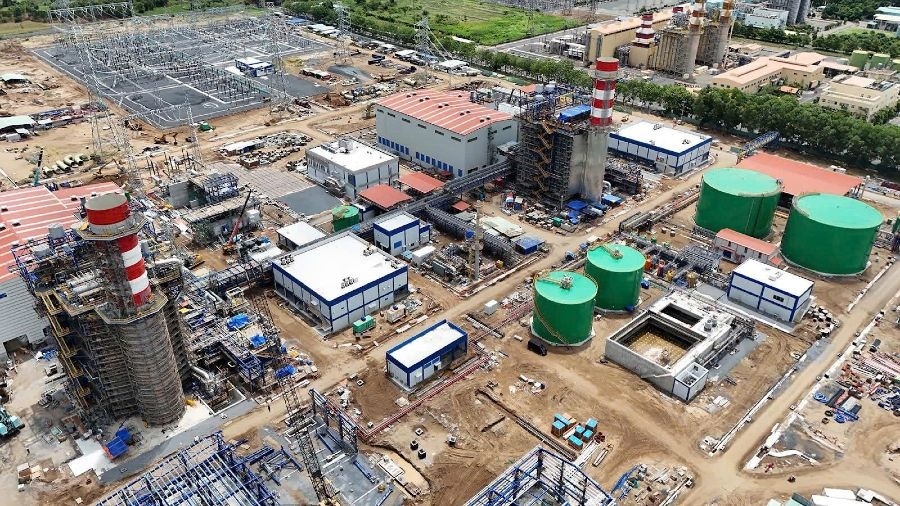
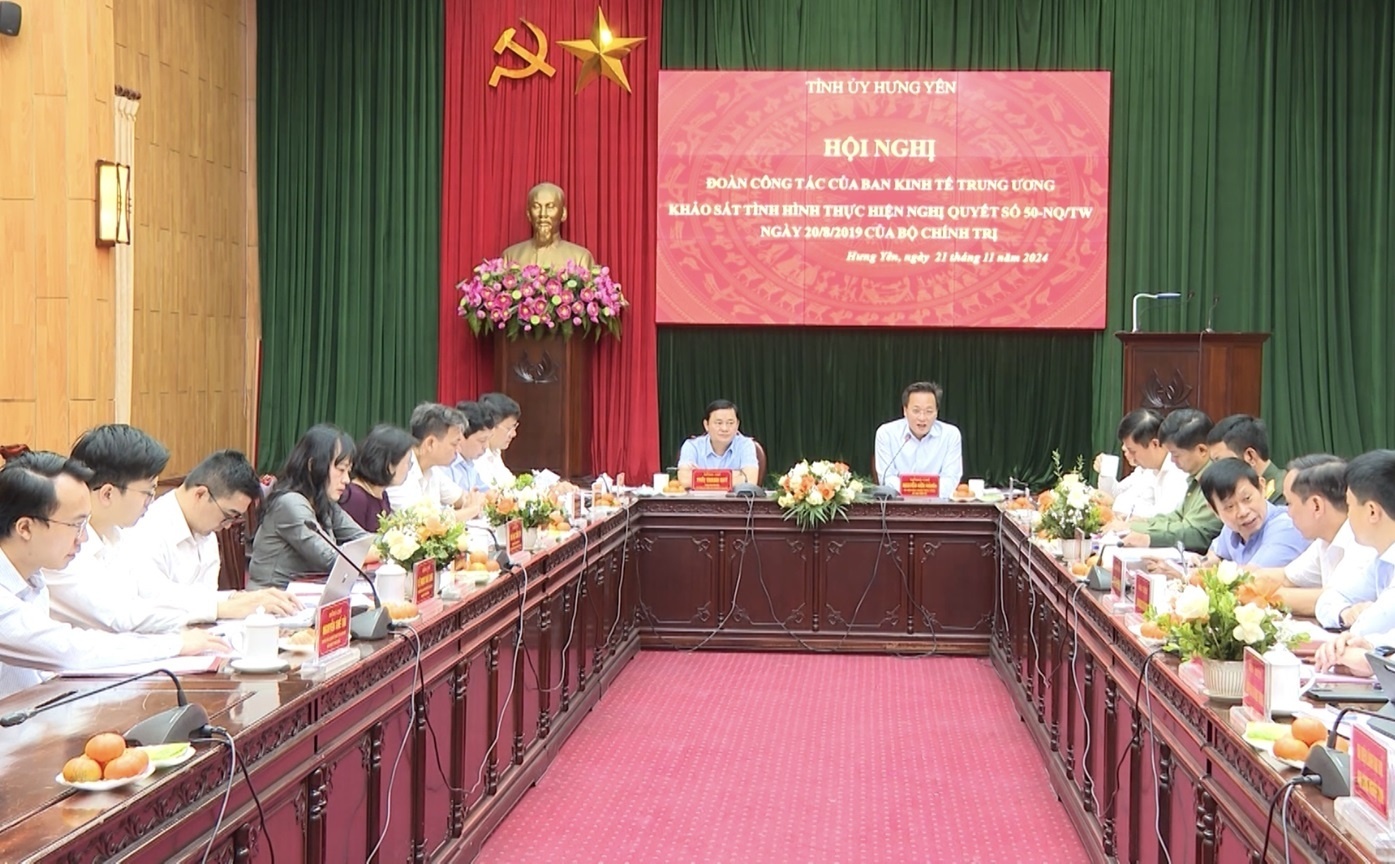
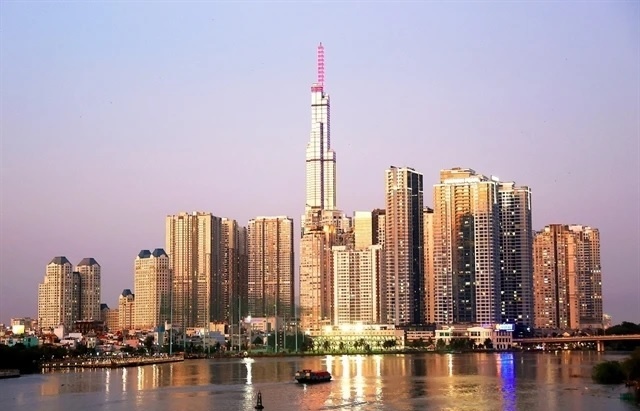



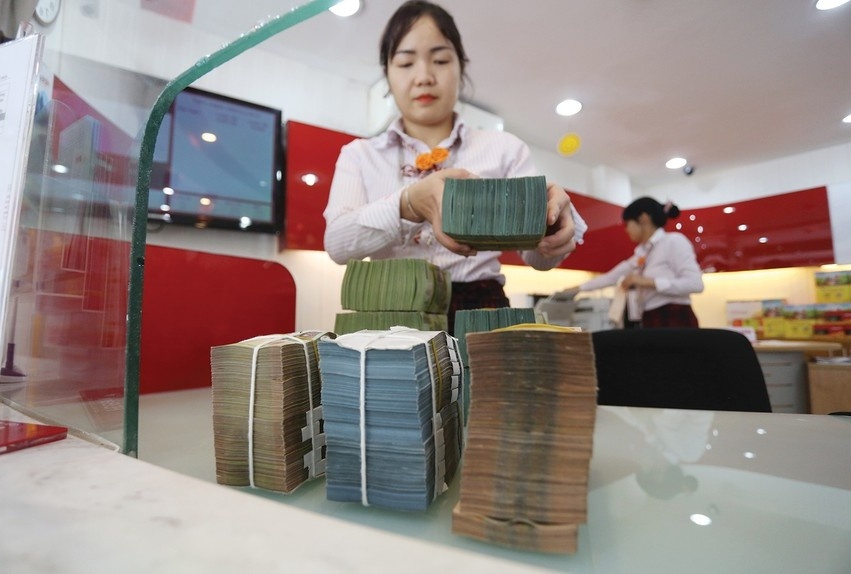
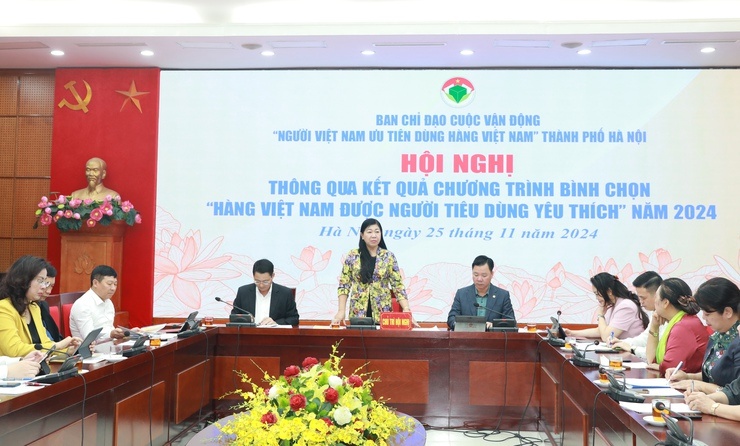
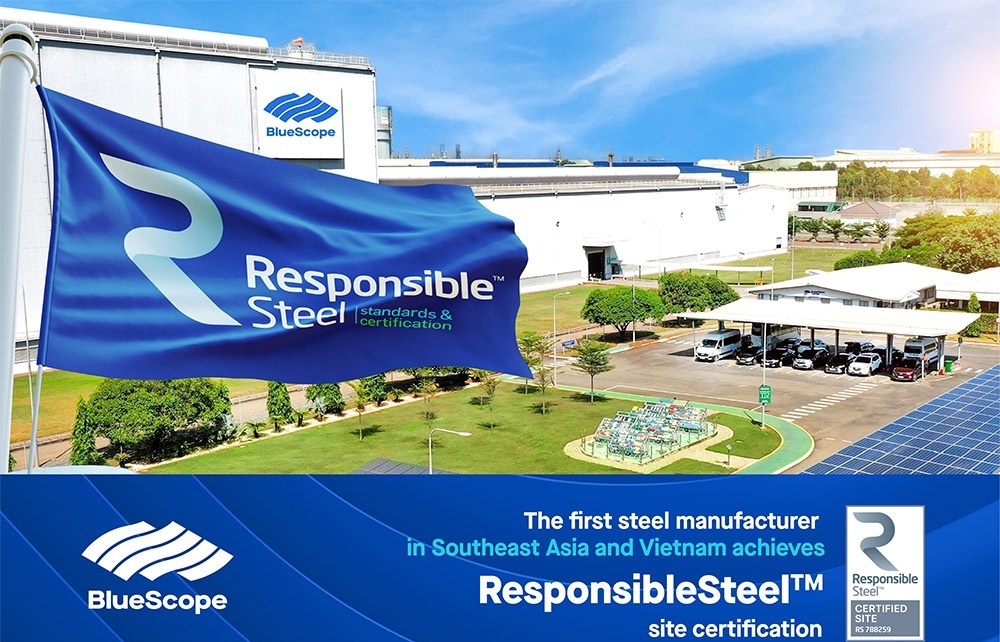



 Mobile Version
Mobile Version